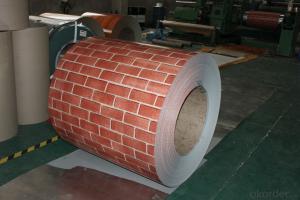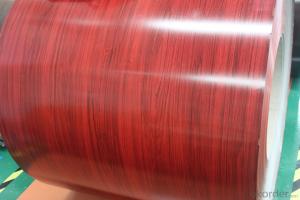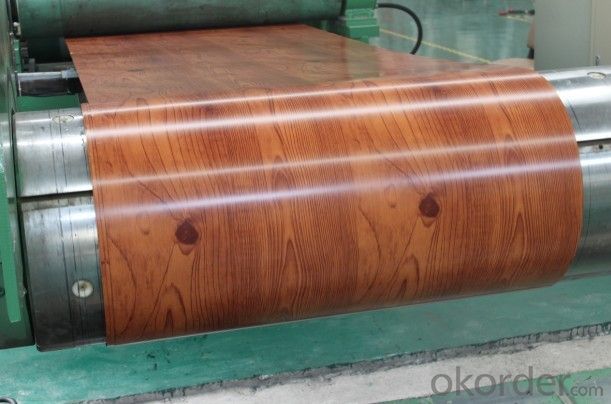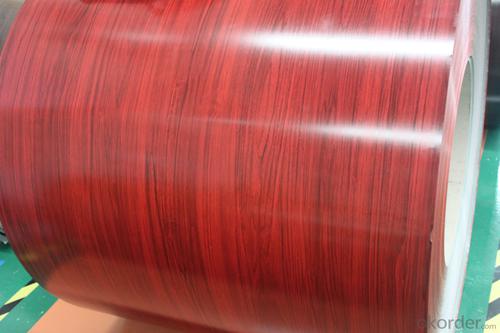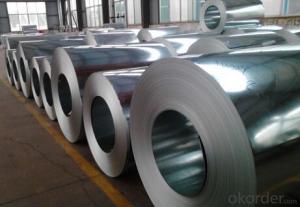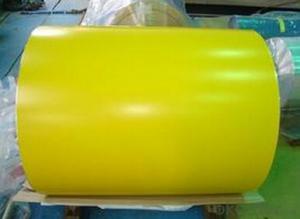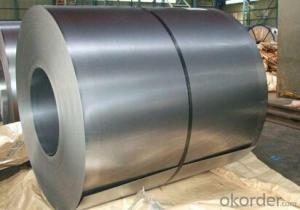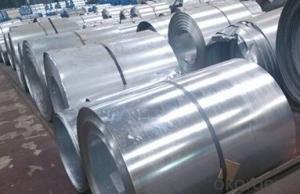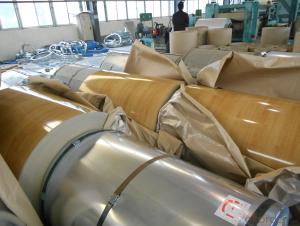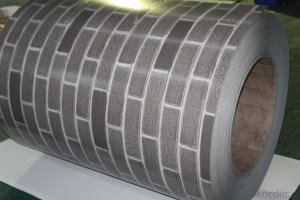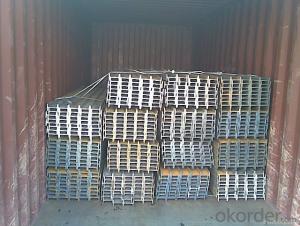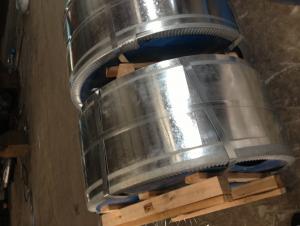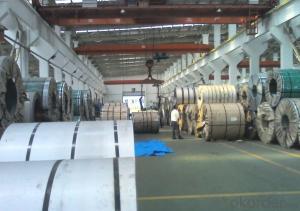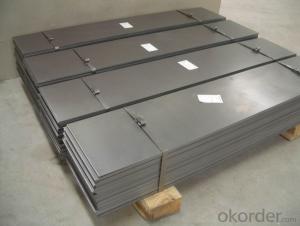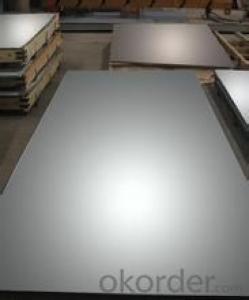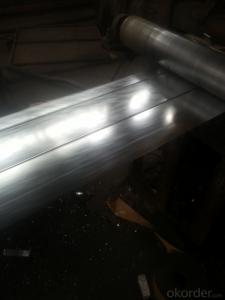Good Quality Printing Steel Plate-Wooden Pattern-0.45*1250 Z80g
- Loading Port:
- China Main Port
- Payment Terms:
- TT OR LC
- Min Order Qty:
- -
- Supply Capability:
- 5000 /month
OKorder Service Pledge
OKorder Financial Service
You Might Also Like
Good Quality Printing Steel Plate-Wooden Pattern-0.45*1250 Z80g
1.strong corrosion resistance
2.surface quality
3.conducive to deep processing,such as the embossed PPGI,printed PPGI&punching PPGI
4.economy and practicality
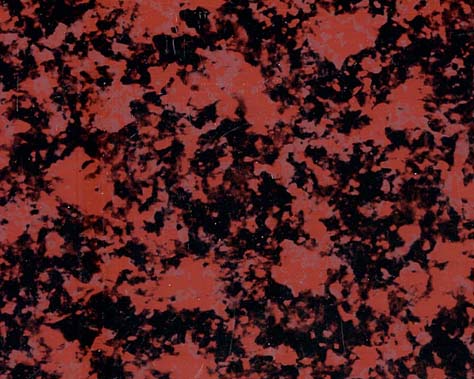
1.Thickness:0.16-2.0mm
2.Width:600-1500mm
3.Material: SGCC,SGCD,SECC,SECD,DX51D+Z
4.Zinc coating:40-275G/M2
5.Surface Structure: galvanized ,zero spangle, regular spangle or normal spangle
6.Surface treatment: chromated and oiled, chromated and non-oiled
7.Color:all RAL series
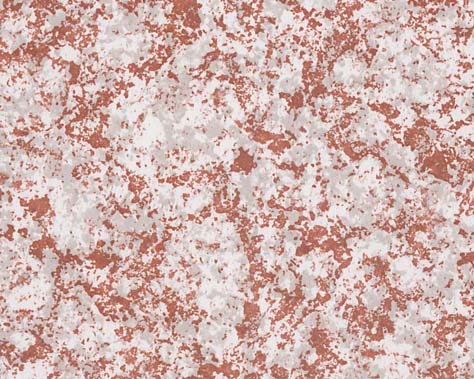
1.Refrigerator shutter &side panels, Washer, Freezers, Air conditions,
2.Rice Cooker, Microwave Ovens, Water Heaters, Sterilization Cabinets, Range Hoods
3.Computer Panels , DVD/DVB panels, TV back panel etc.
Teaching Board: whiteboard, blackboard, green board(chalk board).
Indoor Decoration: Fireproof Door, kitchen cabinet, wall decoration.
Shipping Industries: Ship, Fecht, Marine.
- Q: What are the different surface coatings available for steel strips to improve chemical resistance?
- Some of the different surface coatings available for steel strips to improve chemical resistance include epoxy coatings, polyurethane coatings, fluoropolymer coatings, and ceramic coatings.
- Q: How are steel strips processed for galvanizing?
- Steel strips are processed for galvanizing through a series of steps to ensure proper adhesion and corrosion resistance of the galvanized coating. The process typically involves the following steps: 1. Surface Preparation: The steel strips are first cleaned through various methods to remove any dirt, oil, or rust present on the surface. This can be done through chemical cleaning, mechanical cleaning (such as shot blasting), or a combination of both. 2. Pickling: After surface preparation, the steel strips are immersed in a pickling solution, usually a diluted acid, to remove any remaining scale or oxides. This step helps to create a clean and chemically reactive surface for the galvanized coating to adhere to. 3. Fluxing: Once the pickling process is complete, the steel strips are rinsed to remove any residual acid and then immersed in a flux solution. The flux solution helps to prevent oxidation of the steel surface prior to galvanizing and promotes the formation of a uniform and smooth zinc coating. 4. Galvanizing: The steel strips are then passed through a bath of molten zinc at a high temperature. The zinc reacts with the steel surface to form a metallurgical bond, creating a protective zinc coating. The thickness of the coating can be controlled by controlling the speed at which the steel strips pass through the zinc bath. 5. Cooling and Quenching: Once the steel strips are galvanized, they are cooled to solidify the zinc coating. This can be done through air cooling or by quenching the strips in water. The cooling process helps to ensure the integrity and durability of the galvanized coating. 6. Inspection and Quality Control: After cooling, the galvanized steel strips are inspected for any defects or inconsistencies in the coating. This can include visual inspection, measurement of coating thickness, adhesion tests, and other quality control measures. Any defects found may require corrective actions or rework before the steel strips can be considered ready for further processing or use. Overall, the process of galvanizing steel strips involves a combination of surface preparation, chemical reactions, and quality control measures to provide a durable and corrosion-resistant coating. This coating not only enhances the longevity of the steel but also provides an aesthetically pleasing finish for various applications in industries such as construction, automotive, and manufacturing.
- Q: How are steel strips cold rolled?
- Steel strips are cold rolled by passing them through a series of rollers at room temperature, which apply pressure to reduce the thickness and improve the surface finish of the strips. This process not only increases the strength and hardness of the steel but also enhances its dimensional accuracy and overall quality.
- Q: How are steel strips priced and sold?
- Steel strips are typically priced and sold based on several factors. Firstly, the cost of the raw materials used to produce the steel strips, such as iron ore and other alloys, plays a significant role in determining the price. Fluctuations in the prices of these materials can directly impact the pricing of steel strips. Additionally, the manufacturing process and overhead costs involved in producing steel strips influence their pricing. This includes expenses related to labor, energy, equipment, and transportation. Quality standards and certifications, such as ISO certifications, can also affect the price as they ensure the product meets certain criteria. Market demand and competition also play a role in pricing steel strips. Higher demand for steel strips can lead to increased prices, especially when supply is limited. Conversely, if there is low demand or excess supply, prices may be more competitive. Steel strips are typically sold through various channels, including steel service centers, distributors, and directly from manufacturers. Steel service centers and distributors act as intermediaries, purchasing steel strips in bulk from manufacturers and reselling them to end-users. They often offer additional services such as cutting, slitting, or customizing the steel strips based on customer requirements. Direct sales from manufacturers are also common, particularly for larger orders or when customers have specific preferences or requirements. Manufacturers may have their own sales teams or work with agents or representatives to facilitate the sale of steel strips. In summary, steel strip pricing is determined by factors such as raw material costs, manufacturing expenses, quality standards, market demand, and competition. The sales of steel strips can be carried out through steel service centers, distributors, or directly from manufacturers.
- Q: What are the different methods for deburring steel strips?
- Depending on the specific requirements and available resources, there are various methods for deburring steel strips. Here are some commonly utilized techniques: 1. Manual Deburring: To remove burrs by hand, hand tools like files, sandpaper, or abrasive pads are employed. This method is suitable for small-scale operations or hard-to-reach areas that cannot be accessed through automated means. 2. Vibratory Deburring: Steel strips are placed in a vibratory bowl or tub alongside abrasive media. The resulting vibrations cause the media to move around, eliminating burrs and creating a smoother surface. This method is cost-effective and efficient for mass production. 3. Tumbling: Similar to vibratory deburring, tumbling involves placing the steel strips in a rotating barrel or drum with abrasive media. The continuous motion of the barrel causes the media to rub against the strips, removing burrs. Tumbling is commonly used for high-volume deburring. 4. Brush Deburring: Burrs are removed from steel strips using rotating brushes with abrasive bristles. These brushes can be manually operated or integrated into automated machinery. Brush deburring is effective for eliminating burrs from strip edges. 5. Thermal Deburring: Also known as "burnishing," this method subjects steel strips to a high-temperature and high-pressure environment. The heat causes the burrs to burn off, leaving behind a smooth surface. Thermal deburring is suitable for complex shapes and hard-to-reach areas. 6. Laser Deburring: Laser technology can be employed to precisely remove burrs from steel strips. A laser beam is directed at the burr, melting or vaporizing it. This method is highly accurate and suitable for intricate parts but can be costly and requires specialized equipment. 7. Water Jet Deburring: High-pressure water jets are used in this method to remove burrs from steel strips. The force of the water stream erodes the burrs, resulting in a smooth surface. Water jet deburring is particularly effective for thin or delicate strips. Each of these methods has its advantages and limitations, and the choice of deburring method relies on factors such as the size, shape, and volume of the steel strips, as well as the desired level of precision and cost considerations.
- Q: What are the different surface coatings available for steel strips to improve lubricity?
- There are several surface coatings available for steel strips to improve lubricity, including zinc coatings, phosphate coatings, electroless nickel coatings, and polymer coatings. These coatings help to reduce friction and enhance the ability of the steel strip to slide smoothly during various applications.
- Q: How are steel strips used in the manufacturing of power tools?
- Steel strips are commonly used in the manufacturing of power tools due to their strength, durability, and versatility. These strips are typically made from high-quality steel alloys that provide the necessary properties for the demanding requirements of power tool production. One of the primary uses of steel strips in power tool manufacturing is for the production of blades and cutting edges. Steel strips can be precision-cut and sharpened to create blades that are capable of cutting through various materials, such as wood, metal, or plastic. These blades are essential components in power tools like circular saws, jigsaws, and reciprocating saws. Additionally, steel strips are utilized in the construction of power tool bodies and frames. The strength of steel allows manufacturers to create robust and sturdy structures that can withstand the high forces and vibrations generated during power tool operation. Steel strips can be formed into different shapes and sizes to meet the specific design requirements of each power tool. Moreover, steel strips are often used in the manufacturing of springs and other small components within power tools. These strips can be bent, twisted, or coiled to create the necessary tension or flexibility required for certain mechanisms, such as trigger mechanisms, handles, or safety locks. The resilience and elasticity of steel make it an ideal material for these applications. In summary, steel strips play a crucial role in the manufacturing of power tools. They are used for producing blades, constructing robust bodies and frames, and creating various small components. The strength, durability, and versatility of steel strips make them an excellent choice for meeting the demanding requirements of power tool production.
- Q: Can steel strips be used in agricultural applications?
- Yes, steel strips can be used in agricultural applications. They are commonly used for building fences, constructing agricultural machinery, and providing structural support for various farming equipment.
- Q: How are steel strips used in the manufacturing of electrical equipment?
- Steel strips are commonly used in the manufacturing of electrical equipment as they provide structural support, magnetic shielding, and heat dissipation capabilities. They are used for making transformer cores, motor laminations, and inductive components due to their high magnetic permeability and low electrical resistance. Additionally, steel strips are utilized for creating sturdy enclosures and mounting brackets that ensure the durability and proper functioning of electrical equipment.
- Q: How are steel strips measured for dimensional accuracy?
- Steel strips are measured for dimensional accuracy using various techniques and instruments. One common method is to use a digital caliper, which is a precision measuring tool with a movable jaw that can be adjusted to fit the width of the steel strip. The caliper provides a digital readout of the strip's width, allowing for precise measurements. Another method is to use a micrometer, which is a more specialized measuring tool that provides highly accurate measurements. A micrometer consists of a calibrated screw mechanism that is tightened around the strip, and a scale or digital readout that displays the measurement. In addition to these handheld instruments, there are also automated measuring systems that can be used to measure steel strips. These systems utilize lasers or vision-based technology to quickly and accurately measure the dimensions of the strips. They are often used in industrial settings where large volumes of steel strips need to be measured. Regardless of the method used, it is important to ensure that the measuring instrument is properly calibrated and that the measurements are taken at multiple points along the strip to account for any variations in width. This helps to ensure that the dimensional accuracy of the steel strip is maintained, which is crucial for ensuring its proper fit and performance in various applications.
Send your message to us
Good Quality Printing Steel Plate-Wooden Pattern-0.45*1250 Z80g
- Loading Port:
- China Main Port
- Payment Terms:
- TT OR LC
- Min Order Qty:
- -
- Supply Capability:
- 5000 /month
OKorder Service Pledge
OKorder Financial Service
Similar products
Hot products
Hot Searches
Related keywords
